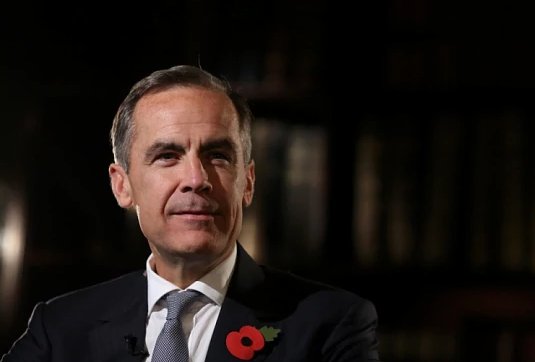La Bank of England rivede al rialzo i target per il 2017

Lo aveva già fatto sul finire del 2016, lo ha rifatto oggi. La Bank of England ha rivisto per la seconda volta al rialzo le prospettive di crescita per il Regno Unito per il 2017, portandole al 2%, mantenendo all’unanimita’ sia i tassi ferm allo 0,25% che il programma di quantitative easing a 435 miliardi.
Carney ed il suo team hanno anche previsto una crescita dell’inflazione fino al 2,8% il prossimo anno per poi scendere verso il 2,4% ell'arco di tre anni. Il banchiere canadese ha anche lanciato il monito che “non si pensi che la Brexit non porti conseguenze”, lasciando aperte le porte a movimenti dei tassi in entrambe le direzioni. Alle domande dei giornalisti, relative al cambio di direzione nelle previsioni, ha poi spiegato come la forza dei consumatori sia stata centrale nell’evitare lo shock in questi mesi e come “Lo stimolo monetario stia funzionando, supportando l'economia in modo fondamentale”.
Ecco l'incipit ed alcuni passaggi del report odierno della Bank of England
The Bank of England’s Monetary Policy Committee (MPC) sets monetary policy to meet the 2% inflation target, and in a way that helps to sustain growth and employment. At its meeting ending on 1 February 2017, the Committee voted unanimously to maintain Bank Rate at 0.25%. The Committee voted unanimously to continue with the programme of sterling non-financial investment-grade corporate bond purchases, financed by the issuance of central bank reserves, totalling up to £10 billion. The Committee also voted unanimously to maintain the stock of UK government bond purchases, financed by the issuance of central bank reserves, at £435 billion.
Domestic demand has been stronger than expected over the past few months, and there have been relatively few signs of the slowdown in consumer spending that the Committee had anticipated following the referendum. Nevertheless, continued moderation in pay growth and higher import prices following sterling’s depreciation are likely to mean materially weaker household real income growth over the coming few years. As a consequence, real consumer spending is likely to slow.












